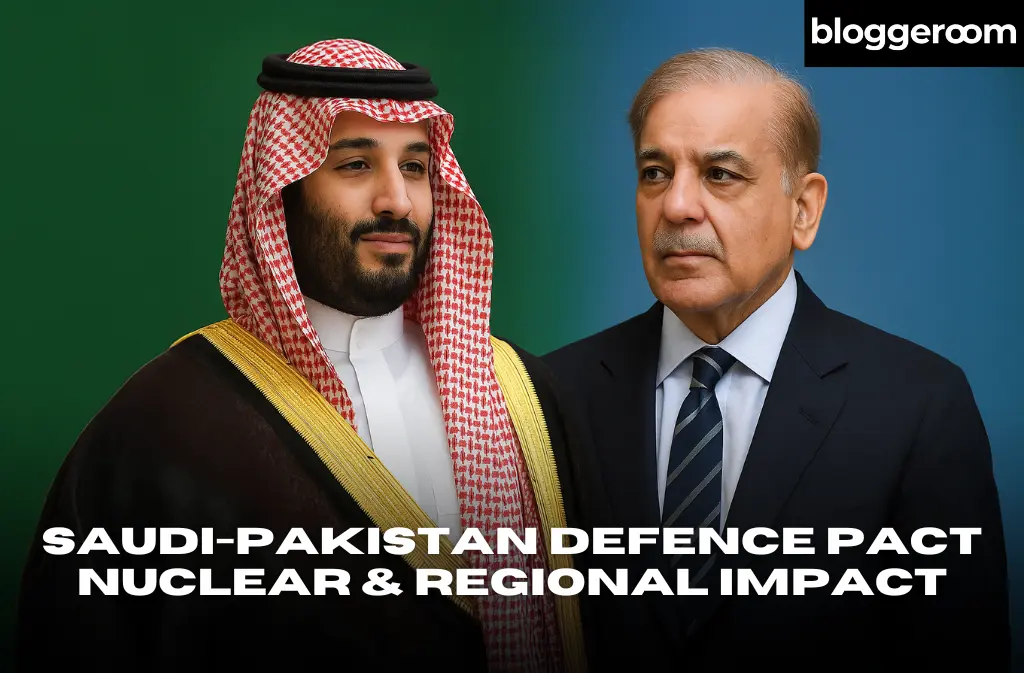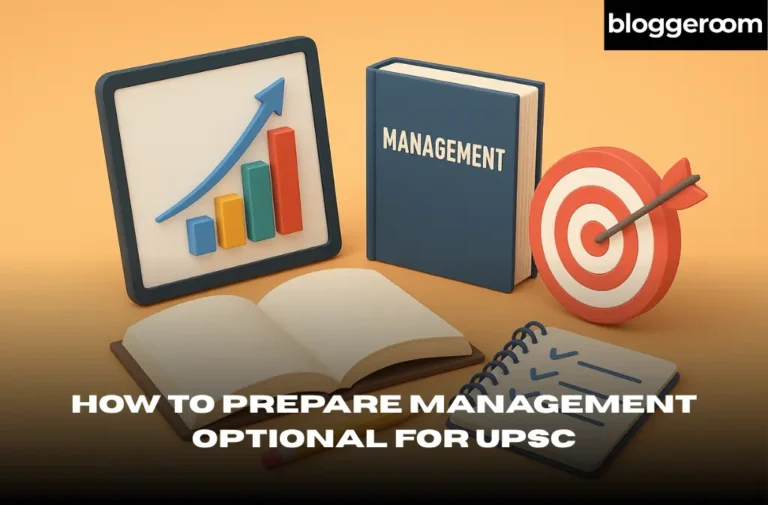Saudi-Pakistan Defence Pact: Nuclear & Regional Impact
On September 17, 2025, a landmark agreement was signed in Riyadh that has the potential to reshape parts of the Middle East and South Asia’s security landscape. Saudi Arabia and Pakistan concluded a Strategic Mutual Defence Agreement, pledging that an attack on either country would be treated as an attack on both.
At first glance, this pact looks like a bold step toward a regional security alliance. But beneath the formal declarations lies a complex mix of motivations, limitations, and geopolitical maneuvering.
What the Agreement Promises
The pact states that the two nations will respond jointly to external aggression and will deepen defence cooperation. While the agreement talks about using “all military means” if necessary, it stops short of explicitly mentioning nuclear weapons. That silence is significant, because Pakistan is the only Muslim-majority state with a nuclear arsenal, and Saudi Arabia’s interest in that deterrent capability is widely understood.
This is not the first time the two countries have cooperated militarily. For decades, Pakistan has provided military trainers, advisors, and troops on temporary assignments to Saudi Arabia. What makes this deal different is that it formalizes that long-standing partnership into a written security commitment.
Why Saudi Arabia Needs Pakistan
Saudi Arabia has historically relied on U.S. protection for its security. But recent regional developments – such as Israel’s targeted strikes in Qatar and Washington’s muted reaction – have raised doubts about the depth of American guarantees. For Riyadh, diversifying its security partnerships makes strategic sense.
In this context, Pakistan offers something no other Muslim nation can: a nuclear shield, even if only symbolic. While the pact avoids direct mention of nuclear cooperation, Saudi leaders know that aligning formally with Islamabad sends a message to both friends and rivals – that the Kingdom is not without powerful options.
What Pakistan Gains
For Pakistan, the deal represents both prestige and financial opportunity. Saudi Arabia has long been a critical financial backer, providing loans, grants, and oil concessions during Pakistan’s economic crises. This defence pact strengthens Pakistan’s bargaining position, allowing it to showcase itself as a vital player in Gulf security.
But it also comes with strings attached. By committing to defend Saudi Arabia, Islamabad risks being drawn into conflicts that might not align with its own national priorities. The arrangement could be more beneficial to Riyadh than to Islamabad in practice.
Implications for India and the Region
India has been cautious in its response. While it acknowledges the pact, New Delhi has emphasized that it continues to enjoy a strong and growing relationship with Saudi Arabia. In fact, Riyadh has gone out of its way to underline its partnership with India, making clear that this new agreement with Pakistan does not come at the expense of its ties with New Delhi.
For the broader region, the pact signals a subtle shift in security alignments. Gulf states are gradually moving toward more autonomous security arrangements rather than relying entirely on the United States. Whether this leads to stability or greater uncertainty depends on how the pact is implemented in times of crisis.
What the Pact Leaves Unsaid
Despite its sweeping language, the deal leaves major questions unanswered:
- Who decides when “aggression” has occurred?
- What level of response is guaranteed?
- Does Saudi Arabia truly have access to Pakistan’s nuclear deterrent, or is that simply implied for political leverage?
These ambiguities mean that the pact may function as much as a political signal as a practical defence arrangement.
Conclusion
The Saudi-Pakistan mutual defence agreement is both a message and a hedge. For Riyadh, it is a way of reminding the world – and especially its rivals – that it has friends with nuclear capabilities. For Islamabad, it is an opportunity to translate military cooperation into financial and diplomatic dividends.
Whether this pact becomes a cornerstone of regional security or remains largely symbolic will depend on how both nations act when real crises emerge. Until then, it stands as a striking example of how alliances in today’s world are shaped less by ideology and more by hard national interests.







